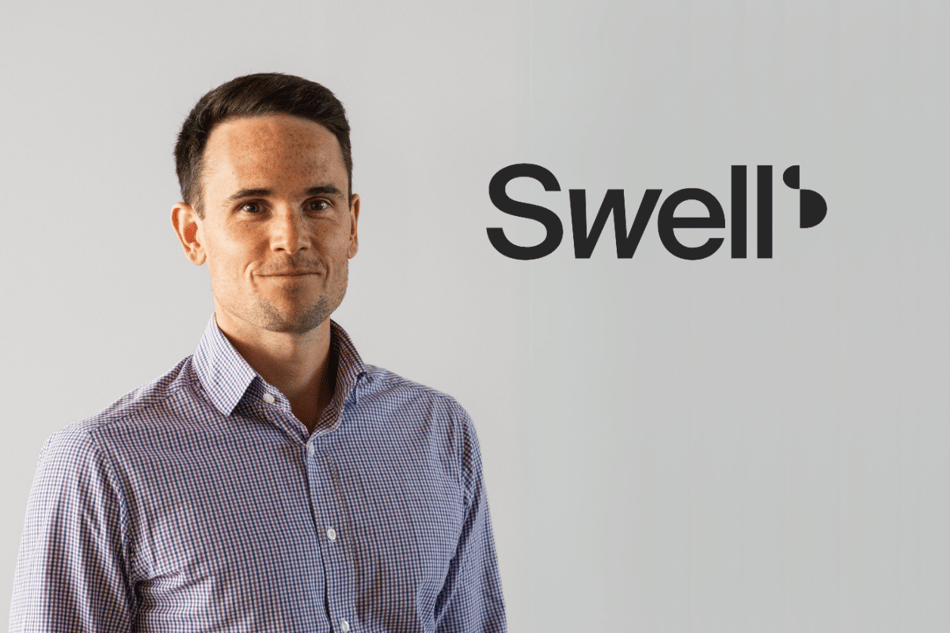Business as Usual for Callaghan’s R&D Funding

Despite the recent disestablishment of Callaghan Innovation, the Research and Development Tax Incentive (RDTI) remains available for FY24, FY25, and beyond. It’s business as usual. The administration of the RDTI and other funding mechanisms is transitioning to agencies like the Ministry of Business, Innovation and Employment (MBIE), ensuring continuity for eligible businesses.
For businesses with a 31 March financial year end, the deadline to make an RDTI general approval claim is 7 May 2025. Specialist funding consultancy Swell is helping mid-sized businesses successfully access these often-material tax credits. Swell’s success-based focus removes the upstream financial risk, making it easier than ever to navigate the process.
We spoke to Michael Barry from Swell about why many businesses may be eligible for RDTI without realising it and how Swell is making this opportunity accessible.
Why Aren’t Businesses Claiming R&D Tax Credits?
Government data indicates that only around 20% of eligible businesses are utilising the RDTI. Introduced as the replacement to the Callaghan Growth Grant in 2019, the incentive provides excellent financial support but has had relatively slow up-take. We find that businesses often lack the in-house knowledge to submit a claim or assume it’s too complicated or time-consuming at the same time as trying to grow a business. However, with expert guidance, claims can be processed efficiently and result in a significant boost to cashflow. Swell simplifies the process, identifying eligible projects, compiling the technical and financial documentation, and managing applications through to money in the bank.
What is Swell’s Role?
Swell was founded to address a significant gap in support for New Zealand’s mid-sized businesses—those investing in innovation as part of their daily operations but not recognising it as eligible R&D. Swell’s team, who have extensive experience with innovation funding in the UK and at KPMG in NZ, saw an opportunity to make the process accessible and efficient for businesses in New Zealand.
Swell specialises in uncovering R&D activity often hidden within a culture of continuous improvement and growth. Our team manages the process from start to finish, allowing businesses to focus on their core operations while benefiting from R&D tax credits.
What Happens After the First Claim?
Once a business has gone through the process, it becomes easier to identify and track R&D activities in future claims. Companies often adopt more systematic ways to manage R&D, evolving their approach without adding cost. Senior leaders can rely on Swell to handle the heavy lifting, freeing them up to focus on what matters most.
Who Does Swell Work With?
Swell works across a broad range of sectors, with a core focus on advanced engineering and manufacturing, construction, software, agriculture and horticulture. These businesses often face challenges in identifying and claiming R&D tax credits, and Swell’s expertise ensures they don’t leave money on the table.
A great example is Shot Darts, one of many businesses benefitting from Swell’s tailored, no-fuss approach to securing R&D funding.
Shot Darts
The stellar rise of English teenage sensation Luke Littler has pushed the sport of darts into the stratosphere. (A three-year deal for TV rights for the world championships was recently signed for $125 million pounds and a record 3.7 million people watched the 2024 World Darts Championship!) Icehouse alumni business Shot Darts is supplying cutting edge darts to key markets around the world with more than half the business anchored in the US and offices being established this year in the UK. Peter McCormick is CEO of the family business, started by his father John in 1970 and based in Katikati.
A chance meeting with Swell’s Michael Barry at an AMA (Advancing Manufacturing Aotearoa) event gave Peter the incentive to push ahead with a claim this year for tax credits.
.jpg?width=6085&height=4057&name=Peter%20McCormick%20MD%20(002).jpg)
Why haven’t you claimed the tax credits in the past?
We invest a significant amount on R&D with material selection, new products and materials and I have never tried filing for the tax credits because it just looked too hard, and I didn’t know what was claimable. Michael explained that a lot of what we had been doing was claimable and there was likely a decent tax credit available to us. Now we are in the middle of scoping interviews, and we will do our first filing this year.
What part of the dart manufacturing process is eligible for tax credits?
We machine very differently to others, leaving a bur where others don’t. We have to get machines to work on angles that they’re not designed to do, so we modify them. Our machines need to be designed to handle tiny jobs - six or seven mm whereas most machines are working at 50 mm or more. We use Kiwi ingenuity to modify them. We’re using carbon fibre shafts and we’ve never done that before. We’re using titanium and, while that’s not new in other industries, it’s first-time use in our industry and that’s relevant. In a few short conversations, Michael had the insight and the knowledge to tell us what is eligible, and what isn’t and all we have to do is put in some time – Swell do all the hard work. It’s certainly worth a crack.



